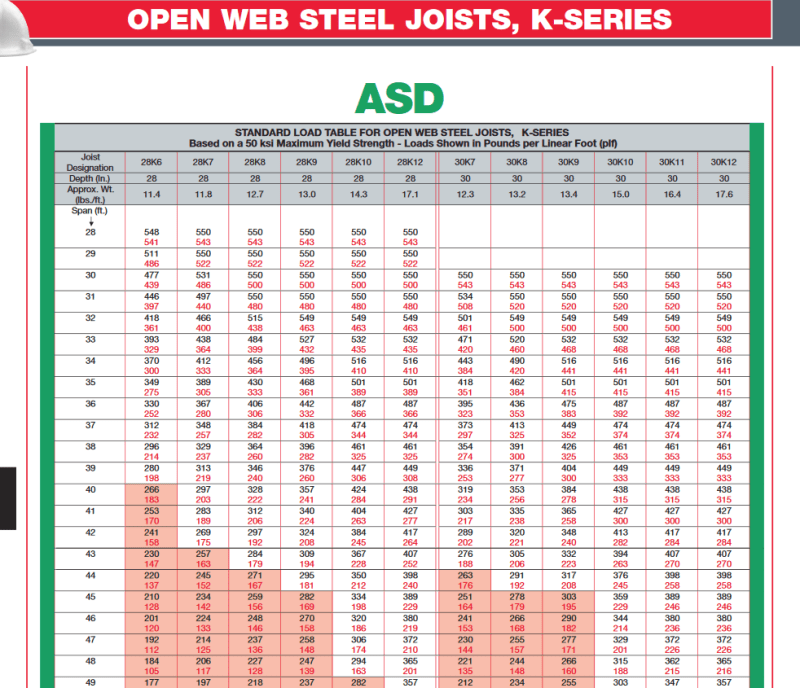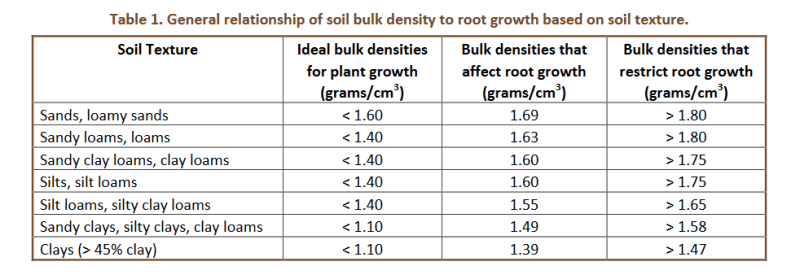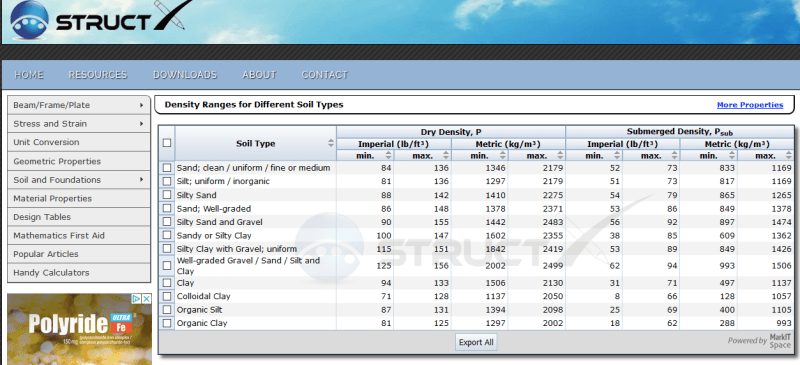I'm in the planning process of building an earth home, which will have the two side walls, back wall and roof completely covered with 2' of soil. The structure will be 35' x 110', and if possible, I'd like to make it clear span, with no center beam running down the center of the house.
We've investigated pre-stress hollow core panels, but the building site is in the middle of a rural 43 acre property we have, and the weight of the panels, around 13,000# each, plus the primitive easement road into the property and a creek bed crossing that resembles a roller coaster ride at this point, are making me really rethink that option. Not to mention the $45k price tag.
I am a retired structural ironworker and have worked with bar joists, bridging and metal decking for most of my working life, but I have no idea how to figure what the load capacity necessary to carry the decking, concrete, rebar/mesh, soil and any live loads this will require. And with live loads, that will include bobcats or tractors loading and finishing the dirt placed on top of the roof (2' deep), and later driving a lawn mower or small tractor on it to mow.
The rear concrete wall will be 1', double faced rebar, as will the side walls. The front wall, which will be exposed to the south, will be steel columns and beams for strength. We will be using a lot of glass for winter sun, and a canopy to stop summer sun infiltration. Is there any source available that would show this information? As I said, I've worked on and with bar joists most of my life, but now that I've gotten to the point of needing to know the specifics of what I need for our house, it drives me crazy realizing that I don't know the math behind figuring what I need. Thanks for any and all replies. Lee Butcher
We've investigated pre-stress hollow core panels, but the building site is in the middle of a rural 43 acre property we have, and the weight of the panels, around 13,000# each, plus the primitive easement road into the property and a creek bed crossing that resembles a roller coaster ride at this point, are making me really rethink that option. Not to mention the $45k price tag.
I am a retired structural ironworker and have worked with bar joists, bridging and metal decking for most of my working life, but I have no idea how to figure what the load capacity necessary to carry the decking, concrete, rebar/mesh, soil and any live loads this will require. And with live loads, that will include bobcats or tractors loading and finishing the dirt placed on top of the roof (2' deep), and later driving a lawn mower or small tractor on it to mow.
The rear concrete wall will be 1', double faced rebar, as will the side walls. The front wall, which will be exposed to the south, will be steel columns and beams for strength. We will be using a lot of glass for winter sun, and a canopy to stop summer sun infiltration. Is there any source available that would show this information? As I said, I've worked on and with bar joists most of my life, but now that I've gotten to the point of needing to know the specifics of what I need for our house, it drives me crazy realizing that I don't know the math behind figuring what I need. Thanks for any and all replies. Lee Butcher



